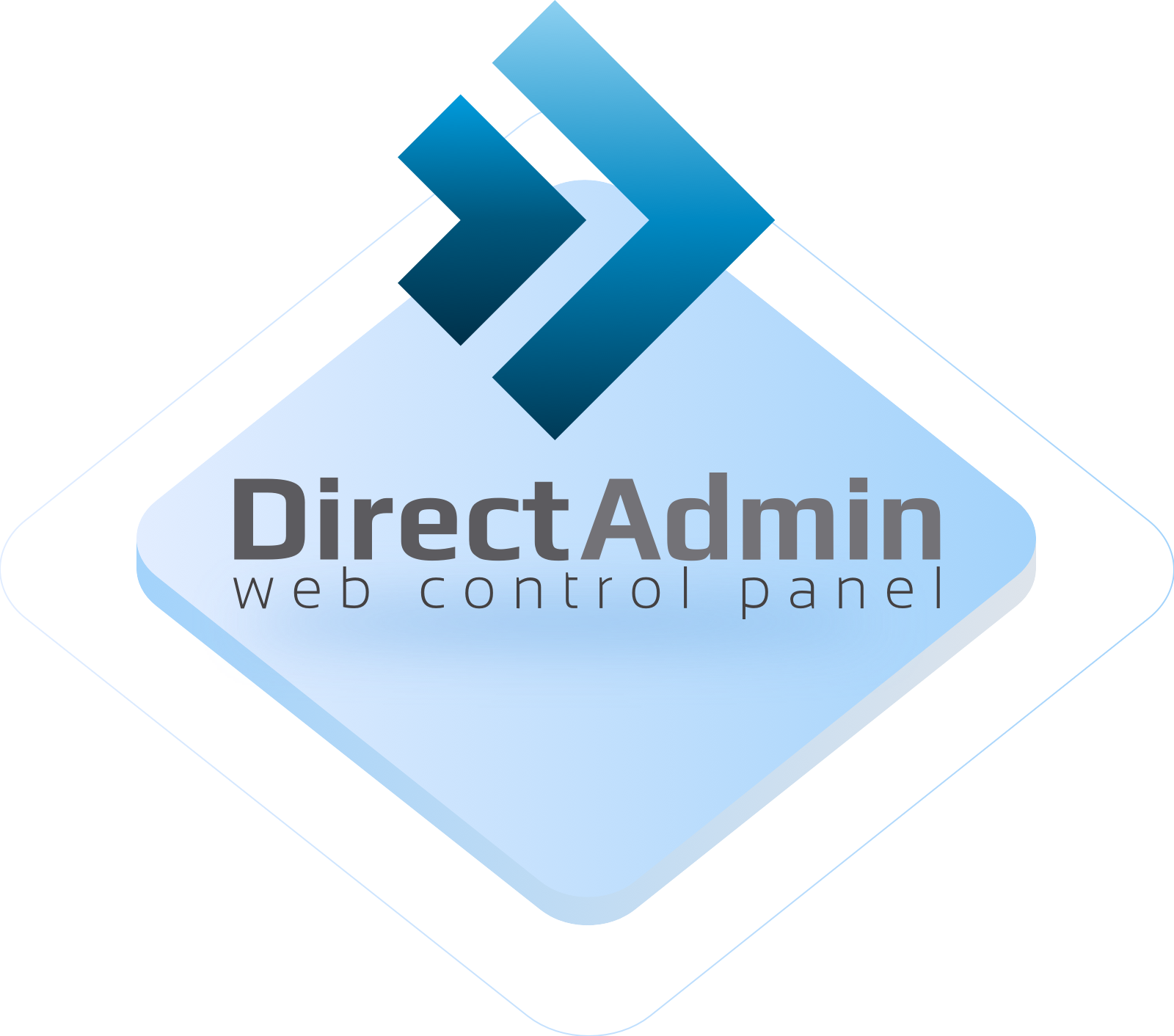
Mastering Domain Management in DirectAdmin: A Beginner’s Guide
DirectAdmin simplifies domain management, making it easy to add, configure, and maintain multiple domains within a single hosting account. Whether you’re managing one site or several, its intuitive tools provide comprehensive control. Here’s how to navigate domain management in DirectAdmin:
Table of Contents

1. Adding a New Domain
DirectAdmin allows you to host multiple domains under one account.
- Log in to your DirectAdmin account.
- Navigate to the Domain Setup section.
- Click Add Another Domain.
- Enter the new domain name.
- Configure additional settings like disk space, bandwidth, and SSL if necessary.
- Save your changes, and the domain will be added to your account.
2. Subdomains Management
Subdomains help organize your site structure (e.g., blog.example.com).
- Go to the Subdomain Management section.
- Enter the desired subdomain name and select its parent domain.
- Save changes, and the subdomain will be set up automatically.
3. Parking a Domain
Domain parking is useful for pointing multiple domains to a single website.
- In Domain Setup, select the domain you want to park.
- Use the “Parked Domain” option and link it to your primary domain.
- Save changes to activate the parked domain.
4. Redirecting Domains
Set up domain redirection to guide visitors to another URL.
- Navigate to the Site Redirection section.
- Choose the domain and specify the target URL.
- Select the redirection type (temporary or permanent).
- Save the redirection.
5. Managing SSL Certificates
Ensure your domains are secure with SSL certificates:
- Go to SSL Certificates under the domain settings.
- Use the Let’s Encrypt feature for free SSL or upload a custom certificate.
- Apply the certificate to secure your domain.
6. Managing Aliases and DNS Settings
DirectAdmin allows detailed DNS configuration to ensure proper domain functionality.
- Use DNS Management to edit A, CNAME, MX, and TXT records.
- Set up aliases to direct traffic from alternate domains to your main domain.
7. Monitoring Domain Usage
In the Domain Setup section, view resource usage for each domain, including:
- Disk space
- Bandwidth
- Number of email accounts or databases
8. Deleting a Domain
If a domain is no longer needed:
- Go to Domain Setup.
- Select the domain you wish to delete.
- Confirm the deletion, ensuring no essential files are linked to it.
Best Practices for Domain Management in DirectAdmin
- Regularly review domain configurations to ensure accurate settings.
- Use SSL for all active domains to enhance security and SEO.
- Monitor resource usage to prevent exceeding hosting limits.
- Keep DNS settings updated, especially after hosting or server changes.
By mastering these domain management features, you can effectively control and optimize your website infrastructure with DirectAdmin.
